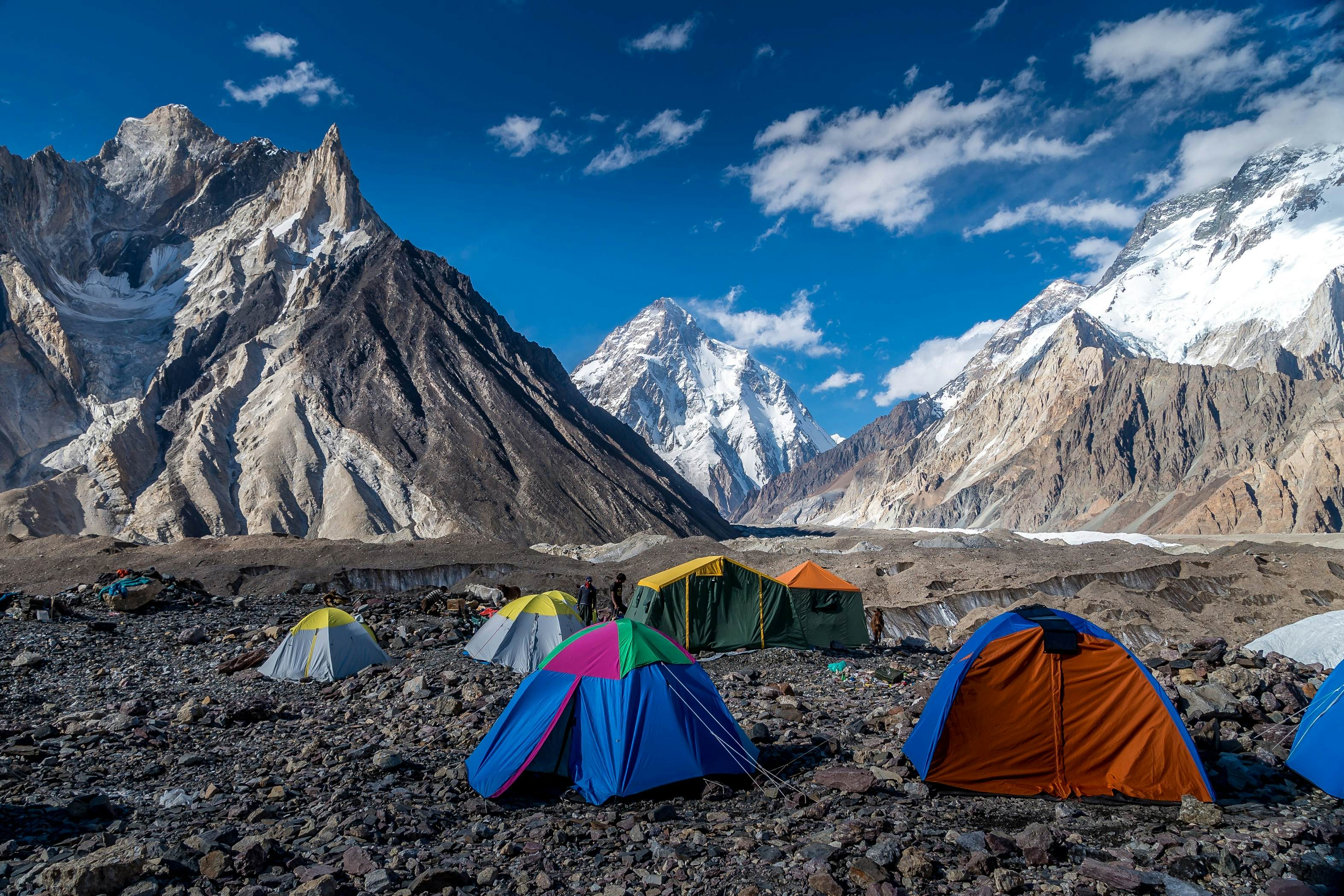K2 and the media: An analysis of how K2 has been portrayed in popular culture, such as in books, movies, and documentaries
K2, also known as Mount Godwin-Austen, is the second highest peak in the world after Mount Everest, with an elevation of 8,611 meters (28,251 feet). Located in the Karakoram Range on the border of Pakistan and China, K2 is known for its extreme weather conditions and treacherous terrain, making it one of the most challenging climbs for mountaineers. Over the years, K2 has captured the attention of popular culture, leading to its portrayal in various books, movies, and documentaries. This article aims to provide an analysis of how K2 has been portrayed in the media and its impact on public perception.
Books:
K2 has been the subject of numerous books, both fiction and non-fiction. Some of the most popular ones include "K2: The Savage Mountain" by Charles Houston and Robert Bates, "Into Thin Air" by Jon Krakauer, and "The Summit: How Triumph Turned to Tragedy on K2's Deadliest Days" by Pat Falvey and Pemba Gyalje Sherpa. These books offer a glimpse into the history of K2, its challenges, and the tragedies that have befallen climbers over the years. They also showcase the bravery and determination of those who attempted to conquer the mountain. However, some critics argue that these books sensationalize the dangers of climbing K2 and glorify the risk-taking involved.
Movies:
K2 has been the subject of several movies, including "K2" (1991), "Vertical Limit" (2000), and "The Summit" (2012). While these movies aim to capture the thrill and danger of climbing K2, they have been criticized for their inaccuracies and sensationalization of the events. For instance, "Vertical Limit" was criticized for its unrealistic portrayal of climbing and the portrayal of the Sherpas as mere sidekicks to the white protagonists. The movie "The Summit" received mixed reviews, with some critics praising its realism, while others criticized it for being too somber and lacking in suspense.
Documentaries:
K2 has been the subject of numerous documentaries, such as "K2: Siren of the Himalayas" (2012), "K2: The Killer Summit" (2008), and "K2: The Ultimate High" (1992). These documentaries offer a more realistic portrayal of K2, showcasing the challenges faced by climbers and the dangers involved. They also highlight the cultural and environmental impact of mountaineering on the region. However, some critics argue that these documentaries glorify the risk-taking involved in climbing K2 and fail to address the ethical concerns surrounding mountaineering.
Impact on Public Perception:
The portrayal of K2 in popular culture has had a significant impact on public perception. On one hand, it has inspired and motivated many to take up mountaineering as a challenge. On the other hand, it has also contributed to the glamorization of risk-taking and the trivialization of the dangers involved. The media has also been criticized for its lack of focus on the cultural and environmental impact of mountaineering on the region. This has led to debates around the ethics of mountaineering and the need for responsible and sustainable tourism practices.
K2 is not only a mountain but also a symbol of human adventure and the indomitable human spirit. Its portrayal in popular culture has not only been limited to books, movies, and documentaries but also in art, music, and photography. However, the depiction of K2 in the media has been criticized for its focus on the individual climber's achievement rather than the collaborative effort of the team, the local culture and economy, and the mountain's ecological impact.
Many mountaineers and critics argue that the portrayal of K2 in popular culture has resulted in a culture of risk-taking and the glorification of mountaineering, often overshadowing the significant risks involved. The portrayal of K2 as a savage, deadly mountain to be conquered has resulted in many climbers ignoring their safety, leading to numerous accidents, injuries, and fatalities. The media's romanticization of mountaineering has also led to a surge in tourism and commercial expeditions, often disregarding the mountain's ecological impact and the cultural sensitivities of the local communities.
To address these issues, mountaineers, conservationists, and local communities have called for responsible and sustainable tourism practices. Efforts are being made to promote ethical mountaineering, which involves respecting the environment, local culture, and economy, promoting safety and sustainability, and preserving the mountain's natural beauty and integrity.
In conclusion, K2's portrayal in popular culture has been both inspiring and problematic. While it has motivated many to take up mountaineering, it has also contributed to the culture of risk-taking and the trivialization of the dangers involved. The media's focus on the individual's achievement has also ignored the collaborative effort, local culture, and ecological impact of mountaineering. It is essential to promote responsible and sustainable tourism practices and strive for a more balanced and ethical portrayal of mountaineering in the media.
======================================================================
Keywords = K2, popular culture, books, movies, documentaries, media, perception, challenges





Comments
Post a Comment